Taking a look at the people, social customs, dress, religion and food of Vietnam, Cambodia and Laos gives great insights into the Indochina culture. Here’s the lowdown.
The countries of Vietnam, Cambodia and Laos are collectively known as Indochina. These countries made up the former grouping of French colonies, with French architecture and European food still trendy in all three countries today. Together with influences from India and China too – hence the name ‘Indochina’ – Vietnam, Cambodia and Laos have a feeling and sense of place like nowhere in the world.
Indochina culture is apparent in many aspects of life in Vietnam, Cambodia and Laos. Here are some of the most predominant and fascinating aspects of Indochina culture.
People
Indochina is home to an impressive diversity of people. Vietnam has dozens of hill tribes, Cambodia’s population is of mostly of Khmer heritage, and Laos has +150 ethnicities divided into three main groups according to the altitude they live at in the lowlands, uplands and highlands. This means a huge range of languages prevail across the region, making Indochina culture go hand-in-hand with a true melting pot of traditions.
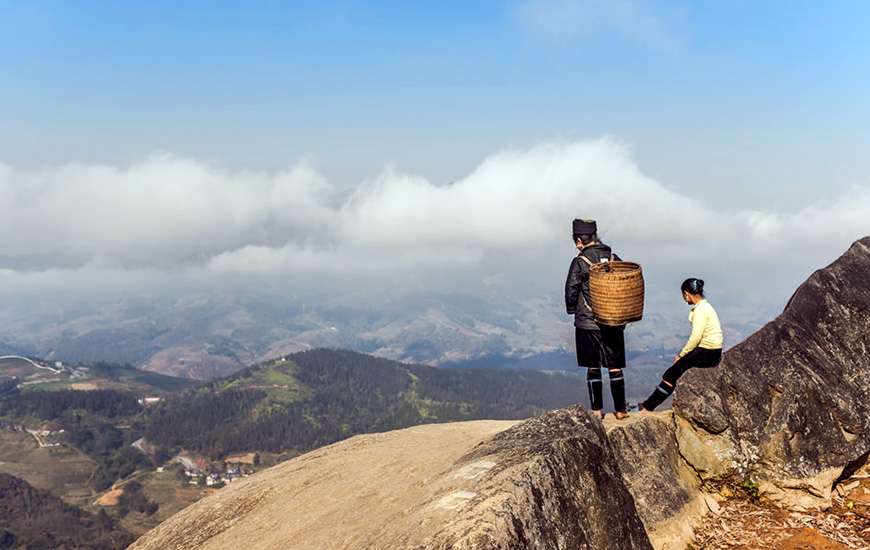
Dress
As one of the most famous silk-making regions in the world, the countries of Indochina are thrumming with silk garments. Some of the traditional costumes from each country also incorporate this locally crafted material. In Vietnam, women wear the ao dai – a long silk tunic with loose trousers underneath. In Laos, women wear the sinh – a long wrap skirt with intricate designs, usually made of silk. The krama is a traditional scarf of Cambodia, used for multiple purposes. Made of various materials, some of the most lavish-looking are made with Cambodia’s national silk – golden silk.
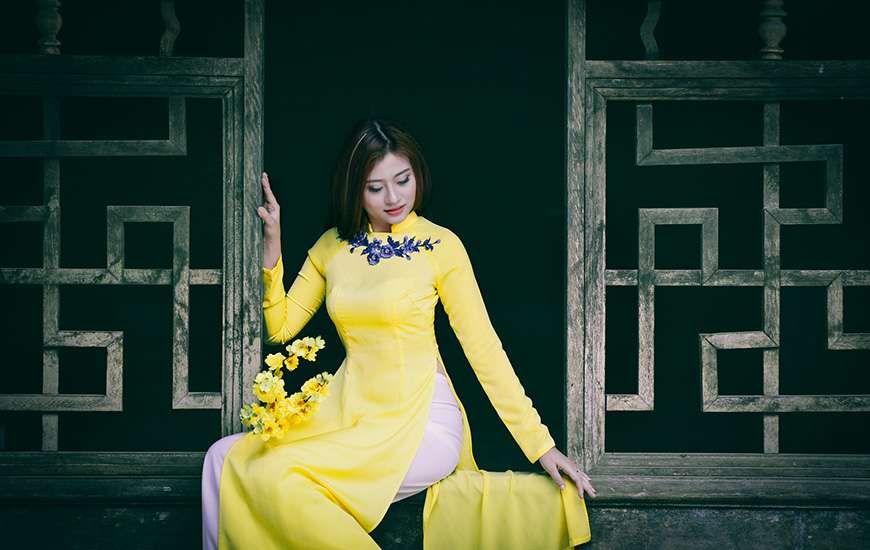
Religion
Buddhism is the main religion in Vietnam, Cambodia and Laos. In Cambodia and Laos, the predominant practice is Theravada Buddhism – the more conservative Buddhism tradition that uses the Pali canon (the oldest Buddhist texts to have been discovered) in its teachings. Mahayana Buddhism dominates in Vietnam – a practice that believes enlightenment can be achieved in a single lifetime.
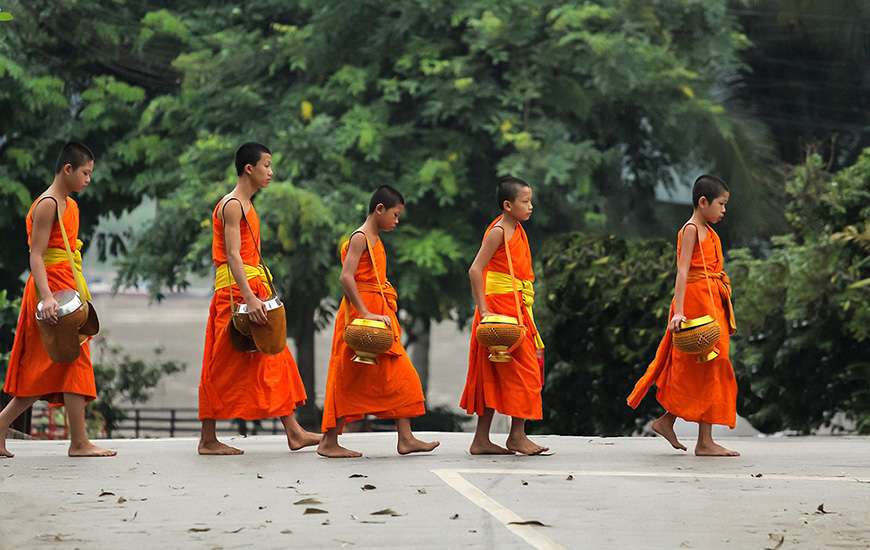
Social customs
Stunning temples can be found in abundance across Vietnam, Cambodia and Laos, and visiting at least a few is a must for those who want to soak up the culture and craftsmanship of the structures. Visitors should wear modest clothing when entering temples, which means that knees and shoulders should be covered, and shoes removed. Unlike many countries in the world, tipping is not commonplace in Indochina. Markets form another central aspect of life in all three countries; when buying goods, haggling is most definitely the social convention, particularly in Vietnam and Cambodia.
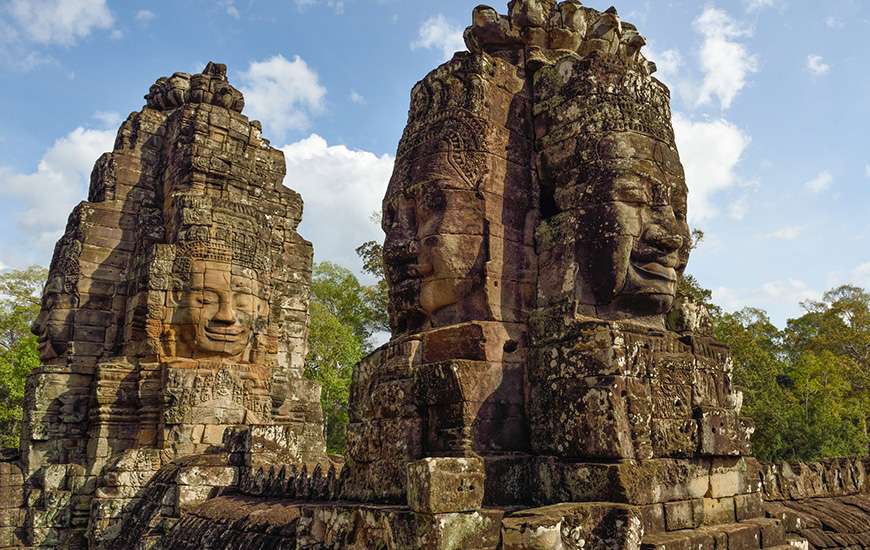
Food
Cuisine is a proud part of Indochina culture, with similarities but also distinctive national cuisines in Vietnam, Cambodia and Laos. Noodles, rice, soups, fish pastes and a riot of fragrant and fresh trimmings characterise Indochina cuisine. Pho is Vietnam’s signature dish – now widely known across the world – comprised of a brothy soup, noodles and various other ingredients depending on your taste. Fish sauce, shrimp paste, coriander, ginger and lemongrass all feature heavily in Vietnamese cooking. Cambodia’s most famous dish is amok – a curry soup cooked by steam in a banana leaf, served with rice and fresh fish. Laos is the global home of sticky rice – residents here eat more sticky rice than anywhere else in the world. The most famous dish of Laos is larb – spicy meat or fish served with sticky rice and a smattering of herbs.
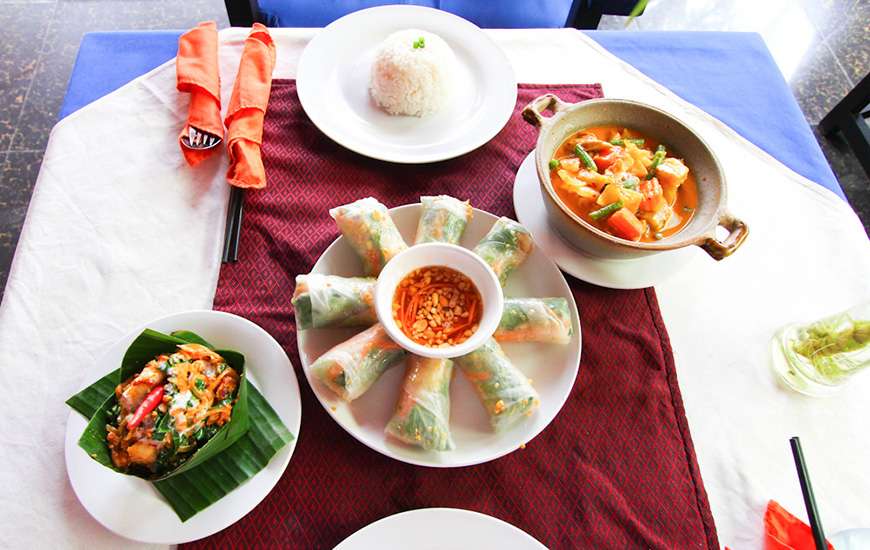
Soak up
Indochina culture on our 19-day tour of Vietnam, Cambodia and Laos, taking you to off-the-beaten-track locations only locals know about.